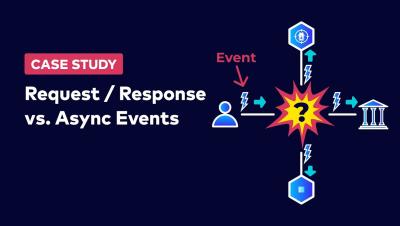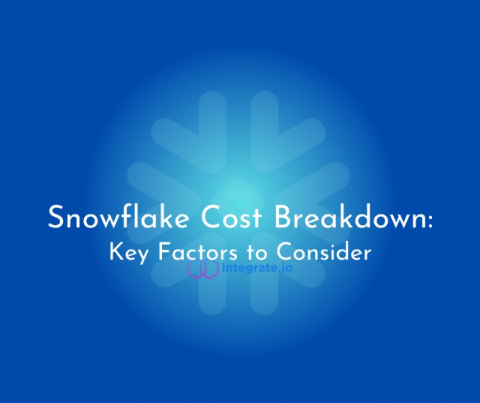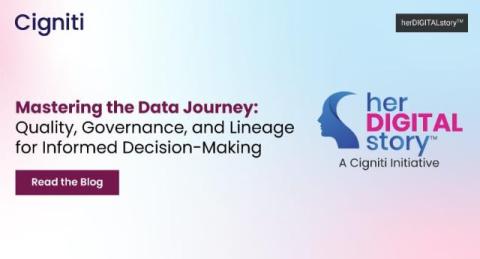Using Asynchronous Events to enrich Fraud Detection | Designing Event-Driven Microservices
In this video, you will see an example of how Tributary bank uses asynchronous events to enrich its domain and protect its fraud detection system from failures.











